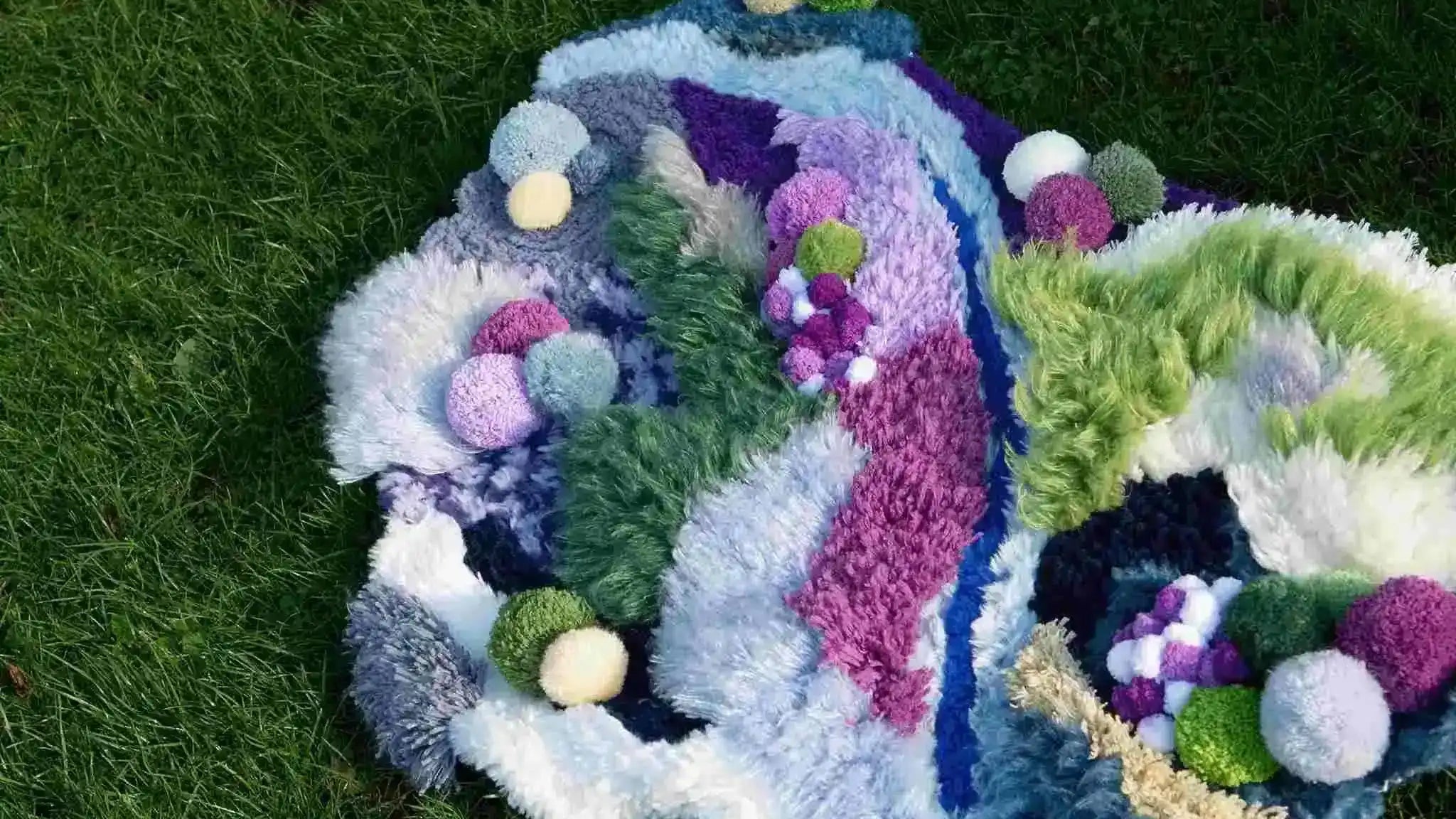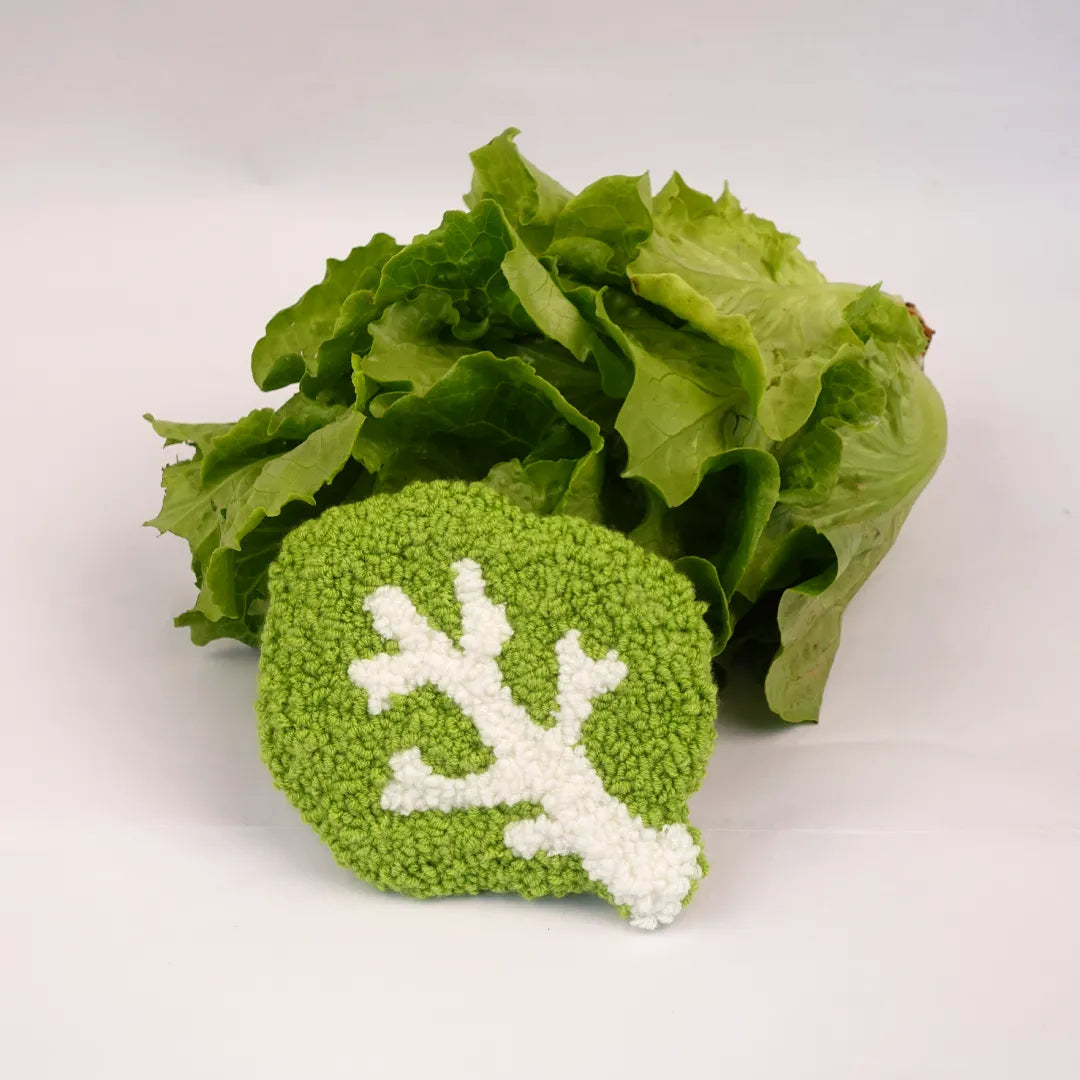Introduction
Sustainability is becoming a major focus in the crafting world as more artists, hobbyists, and DIY enthusiasts seek environmentally friendly alternatives to traditional materials. By choosing innovative, sustainable crafting materials, creators can reduce waste, lower their carbon footprint, and promote ethical sourcing practices.
This article explores a range of cutting-edge eco-friendly materials that can be used in various crafting projects, their benefits, and where to source them.

1. The Importance of Using Sustainable Crafting Materials
1.1 Environmental Benefits
Many traditional craft materials, such as synthetic fabrics, plastic beads, and chemically treated papers, contribute to pollution and landfill waste. Switching to biodegradable, upcycled, or responsibly sourced materials reduces these negative impacts.
1.2 Health and Safety Considerations
Toxic chemicals found in some glues, paints, and synthetic fibers can pose risks to both crafters and the environment. Choosing natural, non-toxic materials ensures safer crafting experiences.
1.3 Supporting Ethical Production
Many sustainable materials are sourced from ethical and fair-trade suppliers, supporting communities and ensuring responsible labor practices.
For more on ethical sourcing, visit Fair Trade Certified.
2. Innovative Sustainable Crafting Materials
2.1 Recycled Paper and Cardboard
Paper is a staple in crafting, but conventional paper production contributes to deforestation. Recycled paper offers an eco-friendly alternative with the same versatility.
- Uses: Scrapbooking, origami, greeting cards
- Where to buy: Eco-Craft
2.2 Plant-Based Bioplastics
Unlike traditional plastics, plant-based bioplastics are biodegradable and made from renewable sources such as cornstarch and algae.
- Uses: 3D printing, jewelry making, decorative items
- Where to buy: Filamentive
2.3 Bamboo Fiber and Fabric
Bamboo is a rapidly renewable resource that can be processed into soft fabrics, yarn, and even sheets of paper.
- Uses: Textile arts, macramé, fabric painting
- Where to buy: Bamboo Fabric Store
2.4 Natural Dyes
Many synthetic dyes contain harmful chemicals that pollute waterways. Natural dyes derived from plants, fruits, and vegetables offer vibrant, non-toxic alternatives.
- Uses: Fabric dyeing, painting, paper crafts
- Where to buy: Botanical Colors
2.5 Recycled Metal and Wire
Upcycled metals such as aluminum, copper, and brass can be repurposed into jewelry, sculptures, and home decor.
- Uses: Metalworking, jewelry making, mixed-media art
- Where to buy: Scrap Metal Art Supply
2.6 Eco-Friendly Clay and Ceramic Materials
Some clays and ceramics are made from natural, non-toxic, and biodegradable ingredients, reducing environmental harm compared to conventional materials.
- Uses: Pottery, sculpting, tile-making
- Where to buy: Laguna Clay
2.7 Cork
Cork is harvested sustainably from tree bark without damaging the tree, making it a renewable and biodegradable material.
- Uses: Coasters, bulletin boards, jewelry
- Where to buy: Corkor
2.8 Recycled Fabric Scraps
Textile waste is a major issue in the fashion industry. Using reclaimed fabric scraps in crafts helps reduce landfill waste and promotes sustainability.
- Uses: Quilting, embroidery, fabric collage
- Where to buy: FabScrap
2.9 Hemp Twine and Rope
Hemp is a strong, durable, and biodegradable fiber that serves as a great alternative to synthetic ropes and twines.
- Uses: Macramé, bookbinding, eco-friendly packaging
- Where to buy: Rawganique
2.10 Upcycled Glass
Glass from discarded bottles and jars can be reshaped into decorative pieces, mosaics, and jewelry.
- Uses: Stained glass art, home decor, jewelry making
- Where to buy: Upcycled Glassware

3. Where to Find and Purchase Sustainable Crafting Materials
Many online and local stores specialize in eco-friendly crafting supplies. Some of the best platforms include:
- Etsy – A hub for small businesses selling sustainable craft supplies.
- EcoEnclose – Offers recyclable packaging and supplies.
- EarthHero – Carries a wide range of sustainable goods, including crafting materials.
4. DIY Projects Using Sustainable Materials
4.1 Handmade Paper Journals
Create your own eco-friendly journal using recycled paper and cardboard covers.
4.2 Naturally Dyed Fabric Napkins
Use avocado pits, onion skins, or turmeric to create beautiful, naturally dyed fabric napkins.
4.3 Bamboo Weaving Wall Art
Craft an intricate woven wall hanging using bamboo fibers and natural dyes.
4.4 Cork Coasters
Repurpose old cork into stylish and functional drink coasters.
4.5 Recycled Glass Mosaics
Use broken or discarded glass pieces to design stunning mosaic art.
For more sustainable DIY inspiration, visit Pinterest.

Conclusion
Incorporating innovative, sustainable materials into crafting projects helps protect the environment while allowing for endless creativity. By exploring eco-friendly options like recycled paper, natural dyes, and upcycled textiles, crafters can make a meaningful impact. Whether you're a hobbyist or a professional, making conscious material choices will lead to a more sustainable and fulfilling creative process.
For more sustainable crafting resources, check out Green Matters and The Spruce Crafts.



